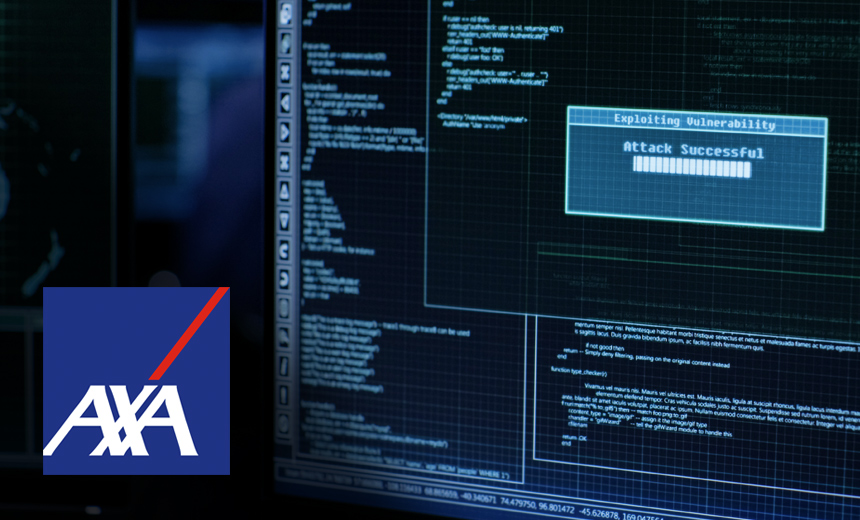
Unlike the case in 2020, when most of the automotive industry shut down in unison, such declarations often were the subject of significant disputes as parties wrangled over responsibility for costs and tried to maintain operations.Ĭompounding these difficulties, many suppliers’ efforts to manage their supply chain were further complicated by the actions of their OEM customers. Under the burden of these significant challenges, the automotive supply chain exchanged a fresh wave of force majeure declarations and notices of commercial impracticability. 1 Suppliers also faced surging costs for labor. The cost of shipping containers from Asia to the United States soared, reaching in excess of a 500% increase from just a year earlier. Suppliers also had to contend with myriad logistical challenges, including port delays, the Suez Canal blockage, a dearth of containers, a scarcity of truck drivers, and massively increased costs for shipping.
#Ransomware summit eyes tighter global scrutiny full
Suppliers encountered and continue to face difficulties in obtaining sufficient labor to keep their plants running at full capacity. In addition to difficulty obtaining materials, automotive suppliers faced significant operational and logistical hurdles. In keeping with the law of supply and demand, these shortages quickly turned into rapidly escalating costs for many suppliers, with hefty price increases that were not contemplated in suppliers’ quotations, and in many cases they were not expressly covered by their supply contracts. While the global shortage of semiconductors may be the most publicized of these issues, many suppliers also faced difficulty in obtaining other materials, including steel, resin, and foam.

The lockdowns of 2020 quickly gave way to shortages of many raw materials and components, as supply could not keep up with surging demand. The State of the Automotive Supply Chain as We Enter 2022įor many automotive suppliers, 2021 was a year defined by shortages, increased costs and other unprecedented supply chain challenges. The suppliers that best adapt will be the companies that are positioned best to thrive going forward. While the changing landscape presents challenges, it also presents opportunities for growth. Among other strategies, suppliers should consider updating many of their traditional operational and contracting practices in order to enhance flexibility in a more unpredictable world. This article highlights several key areas of focus for suppliers looking ahead, including seeking greater flexibility and risk sharing in pricing, warehousing/inventory, and managing freight costs. Suppliers must be agile and adapt to these new and continuing challenges. Unfortunately, as with many aspects of pre-pandemic life, the relative stability in the global supply chain that the automotive industry enjoyed for many years is unlikely to be restored any time soon. IntroductionĪnn Marie Uetz | Miller | Ellis | 2022, automotive suppliers face many of the same issues that have bedeviled the industry throughout 2021, as well as a host of all-new challenges.

2022 Antitrust Outlook - Significant Changes Under the Biden Administration.NHTSA and Motor Vehicle Safety - 2022 Developments.Essential Compliance Updates for Multinational Automotive Companies.

Expect the Unexpected: Approaching Raw Material Shortages, Labor Issues, and Freight Increases and Delays in 2022.


 0 kommentar(er)
0 kommentar(er)
